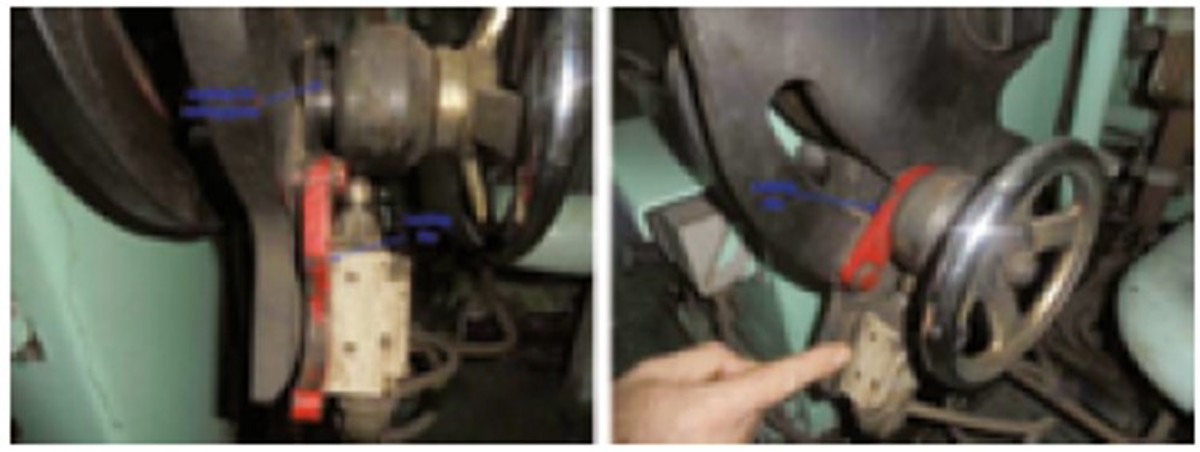Machinery breakdown leads to a collision
- Safety Flash
- Published on 26 July 2022
- Generated on 25 April 2025
- IMCA SF 19/22
- 3 minute read
Jump to:
CHIRP Maritime, an industry charity facilitating confidential incident reporting from seafarers, has published its Annual Digest 2021, which includes a number of events and incidents of interest to IMCA members. The aim of CHIRP Maritime is to enhance maritime safety worldwide, by providing a totally independent confidential (not anonymous) reporting system for all individuals employed in or associated in the maritime industries. This incident is one of them.
What happened?
While proceeding to a berth, a tanker experienced main engine failure and collided with a barge berthed outboard of another vessel moored alongside a breakwater. The fully laden vessel (a tanker) entered the breakwater with a speed of 8.3 knots and was swinging to starboard when the main engine was stopped. The pilot ordered hard to port and dead slow ahead as the vessel continued to swing to starboard, but the main engine failed to respond. The pilot ordered bow thruster full to port, although the master advised it would be ineffective at speeds over 6 knots. The vessel subsequently collided with a moored barge at around 4.5 knots.
What went right?
- Before berthing, company procedural checks were carried out and all were found satisfactory.
- Weather conditions at the time of the incident were light wind, a calm sea with no swell, and good visibility.
- The bridge was manned by the master, second officer, lookout, helmsman and pilot. ECDIS was used as the primary means of navigation.

What went wrong?
- Detailed inspection identified significant hull damage although the vessel was not holed.
- Investigation revealed that engine control system maintenance work conducted 6 days beforehand had not been properly completed nor had it been inspected afterwards.
- A red locking pin (see photos) had not been correctly secured back into position and during manoeuvring had shaken loose due to vibration. This activated the emergency manoeuvring system which overrode both the bridge and engine room control systems.
- The root causes for this incident were found to be a lack of understanding of the risks by the engineering officers carrying out the checks, which were not overseen by a supervising officer – a company procedural requirement which was not followed.
Lessons learned
- Amend pre-arrival and departure checklists to include physical verification of the emergency manoeuvring system’s locking arrangement.
- Ensure closer integration between pilot and bridge team.
- Look out for single points of failure.
Related Safety Flashes
-
IMCA SF 07/22
22 March 2022
-
IMCA SF 25/16
3 October 2016
-
IMCA SF 19/15
23 November 2015
IMCA Safety Flashes summarise key safety matters and incidents, allowing lessons to be more easily learnt for the benefit of the entire offshore industry.
The effectiveness of the IMCA Safety Flash system depends on the industry sharing information and so avoiding repeat incidents. Incidents are classified according to IOGP's Life Saving Rules.
All information is anonymised or sanitised, as appropriate, and warnings for graphic content included where possible.
IMCA makes every effort to ensure both the accuracy and reliability of the information shared, but is not be liable for any guidance and/or recommendation and/or statement herein contained.
The information contained in this document does not fulfil or replace any individual's or Member's legal, regulatory or other duties or obligations in respect of their operations. Individuals and Members remain solely responsible for the safe, lawful and proper conduct of their operations.
Share your safety incidents with IMCA online. Sign-up to receive Safety Flashes straight to your email.